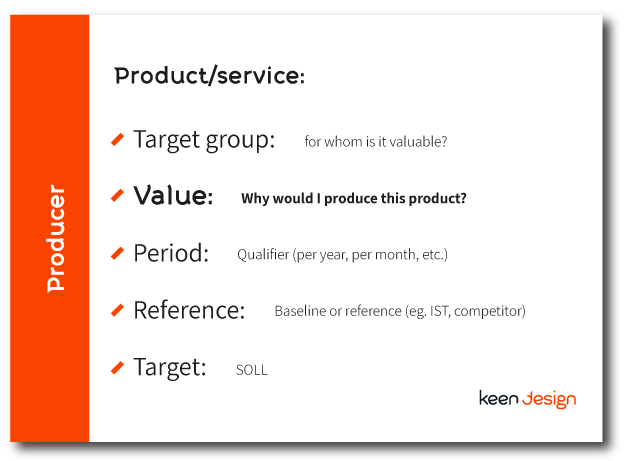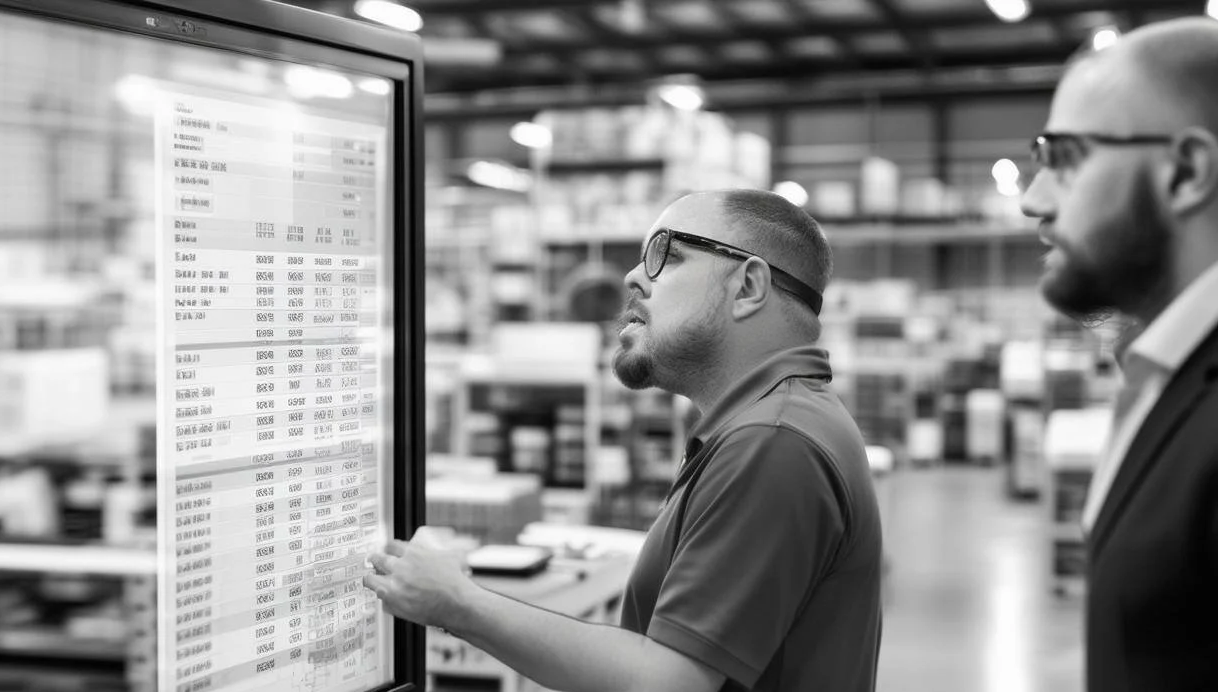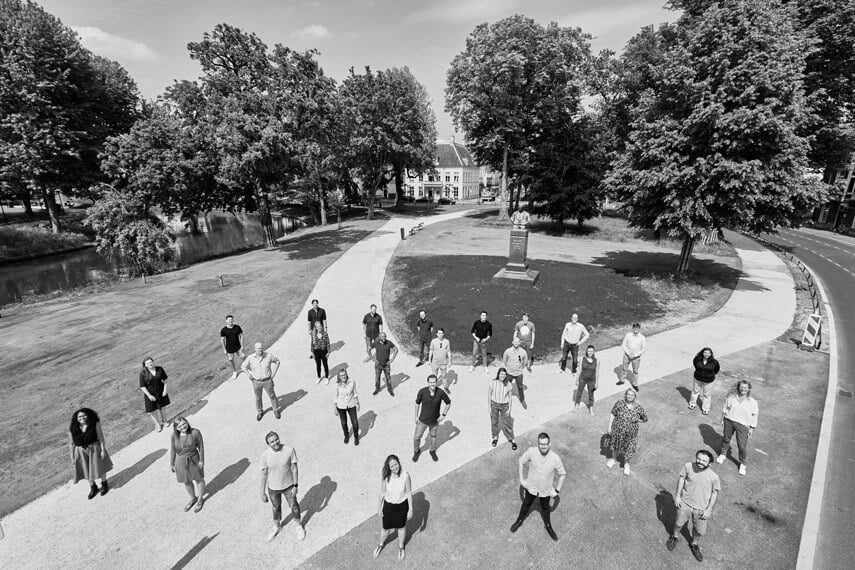Value driven design is a design framework of processes that product owners and designers can use to make a product or service valuable to all its stakeholders. Put simply, design is the act of solving a problem, resulting in a product or service. If you want to design the best solutions you need to have a keen knowledge of the problem. However, most problems are not simple. They tend to have multiple layers and aspects.
Value driven design provides clarity and focus to make sure that the part of the problem the designer solves brings value to all involved.
What is valuable to whom?
There are many stakeholders involved in the design of a product. The main one being the organization that produces it. On the other end of the spectrum we find the person that uses the product. This value network has various settings:
- In a business to consumer setting, the producer sells to a buyer who is also the user
- In a business to business setting, the producer sells his product(s) to a buyer, whose employees are often the intended users
- In some cases, the producer equals the buyer. For instance, large corporates that develop their own products
- Producers sometimes use partners (companies that use the producer’s product in their own services to clients) or resellers (companies that don’t actually produce anything themselves, but sell products or licenses from producers)
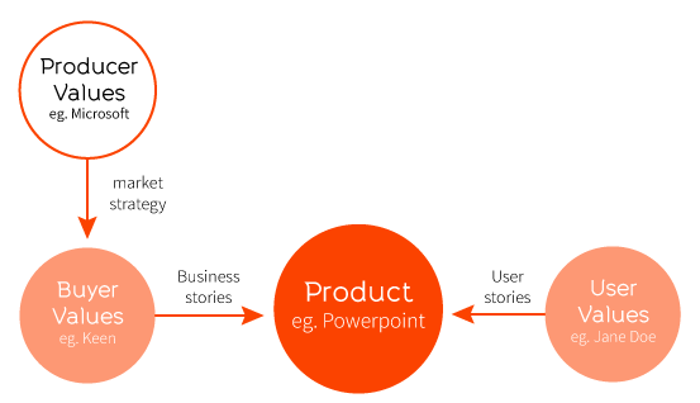
Everyone in the specific value network that is impacted by decisions in the design process should be involved in the design process. So, in one project we could talk to producers for producer values and users for user values. In other settings there may also be buyer values, partner values, reseller values or other types of values that could be relevant.
From feature driven to value driven development
All projects start with project goals. Most of those projects include product goals; what should the product achieve when the project is done and what features will it have? Unfortunately, many of these projects either set too many product goals or do not make these goals concrete enough.
In both cases, the most important goals will probably not be met. And in most cases, the results will fall terribly short. That would be the client or product sponsor’s own fault, because they weren’t clear on what they wanted to achieve.
Value driven design is an important tool in the transition from feature driven development - stakeholders asking for features - to value driven development, where stakeholders state the desired values or outcomes of a project. In truly agile organizations, product development teams will be empowered to decide what changes they make to a product. They will either be directed by the values stated by business stakeholders or by their own analysis of the areas that bring the most value.
Value driven development is only truly possible if stakeholders and teams are fluent in the language of value and the tools to implement it.
Upgrading from feature driven to value driven development
Tools to implement value driven design
Value statements
Value driven design is a framework of processes. One of these processes is creating value statements. Value statements are meant to make crystal clear which values drive the project. For everyone involved in the project.
Product vision boards
Product vision boards help the team to create a shared vision. They are a tool originally designed by Roman Pichler. A well-constructed vision board lays bare the essence of a project. The board is made measurable by using values to communicate goals and needs.
User stories
A user story is a short description of a task the user wants to perform by using the software product. User stories are really powerful tools to make clear the desired functionality and are key elements of a project team’s work list of. They should be derived from the relevant values connected to that functionality. Product owners are able to prioritize the user stories that are connected to the prioritized values. Which helps to work toward a minimal valuable product.
Where values should be derived from the specific people or groups, the same applies to stories. User stories belong to users, business stories belong to the business and technical stories are relevant to developers.
Value Assurance – Measuring results throughout the process
Quality assurance has long been accepted in the process of developing products. Quality assurance lets us know if the product we wanted has been developed in the way that we wanted. But it doesn’t really involve itself with results. Great if the quality is fine, but will it deliver us our desired values?
How will we know if the product is as valuable to all stakeholders as we intended it to be? That can only be established if values are measured throughout the process. And, obviously, after the product is live. When we measure along the way, we can check if we are on the right track. Or if we should adjust course and make changes that keep us on the right track to the values that we are aiming for.
Value driven design only really works with Value Assurance in place.
Conclusion
To sum up, value driven design provides clarity and focus to make sure that the part of the problem the designer solves brings value to all involved. Alongside the design teams there are many stakeholders involved in the value network. Value driven development is only truly possible if stakeholders and teams are fluent in the language of value and familiar with their tools.
Further reading:
Clarifying producer values: the secret of valuable UX projects
Buyer values in the design process: when 'why' matters more than 'what'
A lot of user stories are not user stories
Upgrading from feature driven to value driven development

